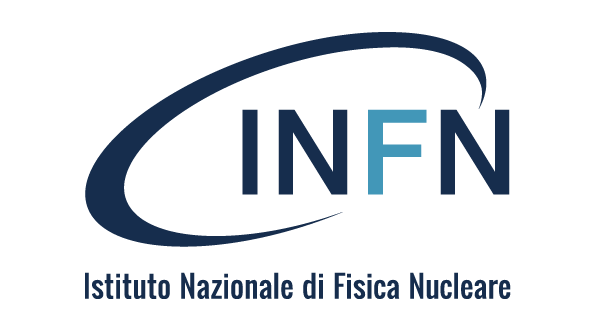PEOPLE
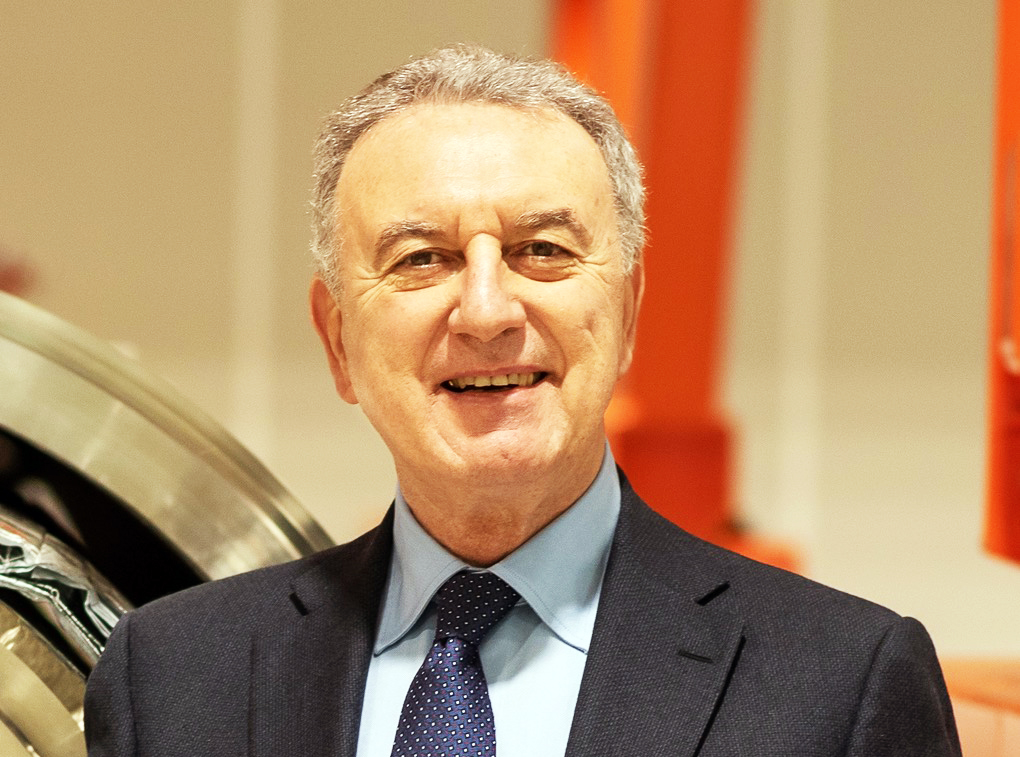
THE ITALIAN FUTURE OF ACCELERATORS - FROM FCC TO NRRP
Interview with Lucio Rossi, INFN researcher and professor at the University of Milan, coordinator of INFN Accelerators Committee
Right from their first appearance in the sector dedicated to studying the ultimate constituents of matter, particle accelerators have shown a profound propensity for finding a position, often central, in disciplinary fields other than fundamental physics. An emblematic case of this fertile transfer of technologies is surely the medical field that, from as early as the 1950s, has made use of accelerators in treating tumours. Examples of similar successes also punctuate the experience of INFN. These occur precisely in research aimed at promoting the transfer of technologies, created in the field of accelerator physics, towards the already mentioned medical sector and other ones too, such as those dedicated to the production and distribution of power and the preservation of the artistic heritage. ...
How was the Accelerators Committee created? What are its tasks and its contact people within the INFN community?
The committee was born from the need to draw together our community of accelerators. This derives from the peculiarities that distinguish INFN, an organisation that is distributed across all of Italy. While in other European countries research in the area of accelerators is concentrated in one or two centres, in Italy INFN has three dedicated national laboratories, those in Frascati, the Southern National Laboratories (in Catania), and Legnaro.NEWS

RESEARCH
IXPE OBSERVES FOR THE FIRST TIME A MAGNETAR IN THE X LIGHT
A condensed atmosphere composed of heavy elements immersed in one of the strongest magnetic fields in the entire universe, from which intense flashes radiate sporadically. This is the most probable landscape that we would face as we approach a magnetar, an exotic celestial body belonging to the family of neutron stars.
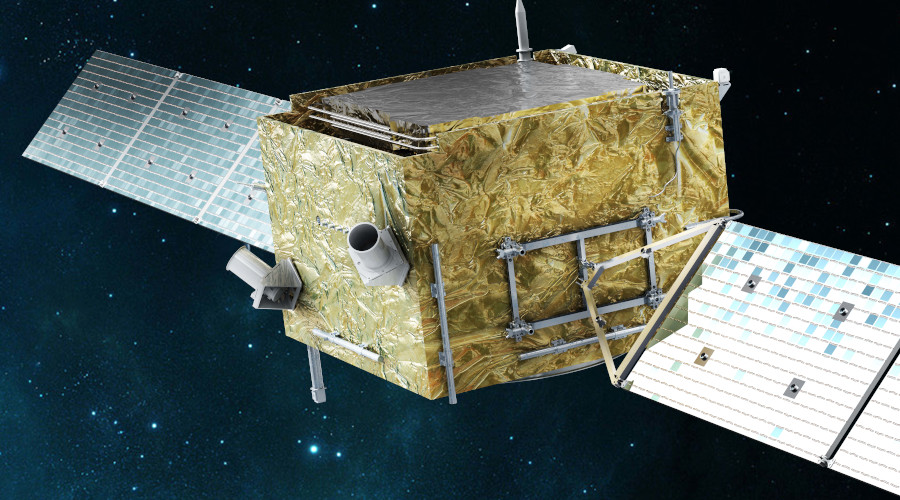
RESEARCH
DAMPE PROVIDES NEW INFORMATION ON THE COMPOSITION OF COSMIC RAYS
The experimental collaboration DAMPE (DArk Matter Particle Explorer), in orbit on a satellite since December 2015, and dedicated to studying dark matter and the characterisation of cosmic radiation in space, published a new and accurate measurement of the flow of some atomic nuclei present in cosmic radiation at high energies on Friday 14 October in the scientific journal Science Bulletin.
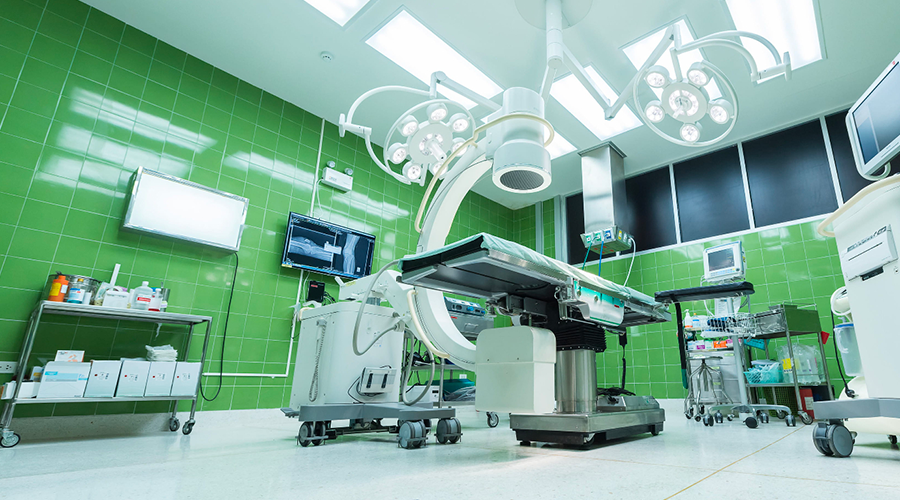
APPLICATIONS
A PROBE FOR ASSISTING IN ONCOLOGICAL SURGERY
In vivo testing in patients could contribute to taking a new step forward towards increasingly sophisticated and optimised “precision surgery” on the patient. The testing was launched in recent weeks to validate a radioguided surgery technique with drugs that emit beta radiation.
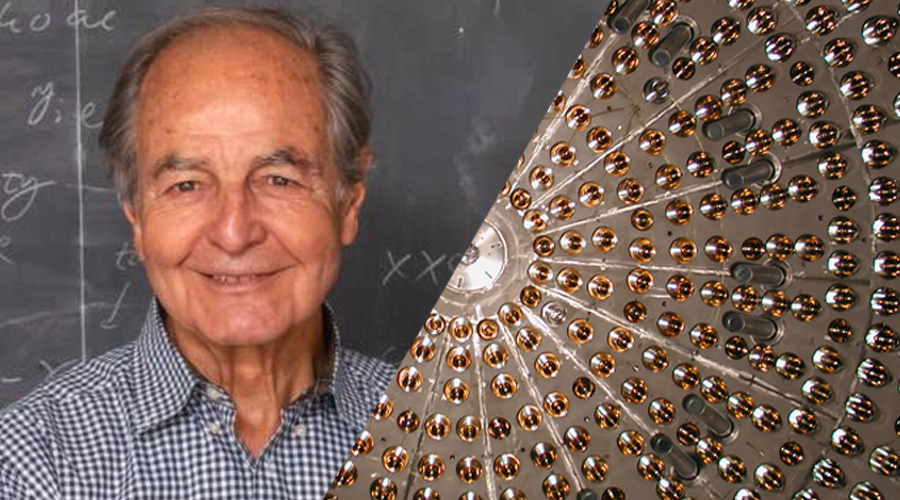
AWARDS
FRANK CALAPRICE WINS THE BETHE PRIZE OF THE AMERICAN PHYSICAL SOCIETY FOR HIS CONTRIBUTION TO BOREXINO
“For pioneering work on large-scale ultra-low-background detectors, specifically Borexino, measuring the complete spectroscopy of solar neutrinos, culminating in observation of CNO neutrinos, thus experimentally proving operation of all the nuclear energy driving reactions of stellar evolution.”
AWARDS
GGI AWARDS THE BEST FEMALE GRADUATES IN THEORETICAL PHYSICS
The ceremony of the 2021 Milla Baldo Ceolin Prize to the best female graduates in theoretical physics was held on 21 October, in the Villa Galileo in Arcetri, Florence. This year, the prize was awarded to Angelica Albertini (University of Turin), Chiara Calascibetta (Tor Vergata University of Rome), Marienza Caldarola (University of Padua), Sofia Maggioni (Milan Bicocca University), and Viviana Viggiano (University of Bari).
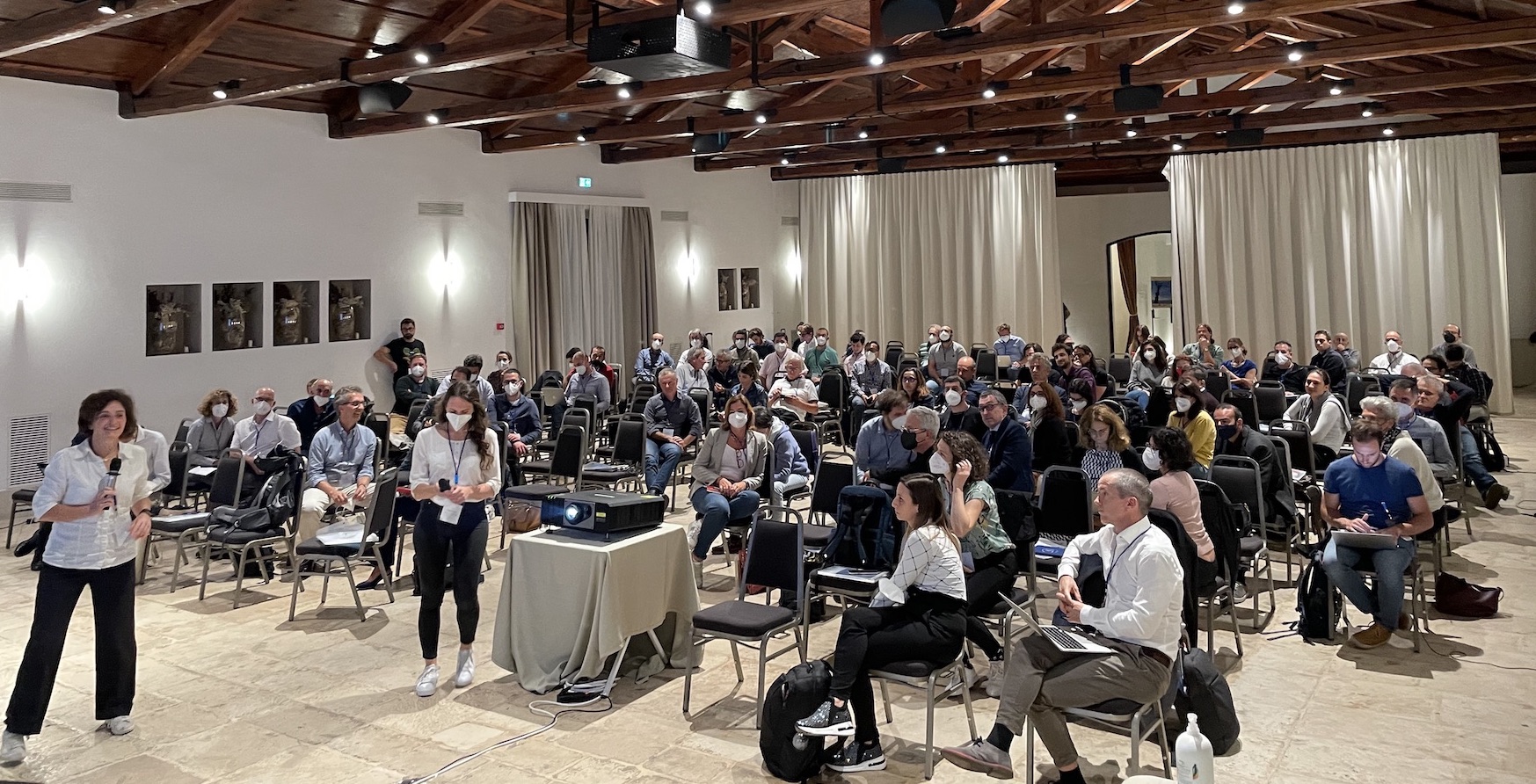
SCIENTIFIC WORKSHOP
CHALLENGES AND OPPORTUNITIES FOR FUTURE DETECTORS
To address technology prospects and possible choices, the communities that deal with Research and Development (R&D) into detectors in various scientific sectors met in Bari from 17 to 19 October at the 2022 INFN Future Detector.
FOCUS
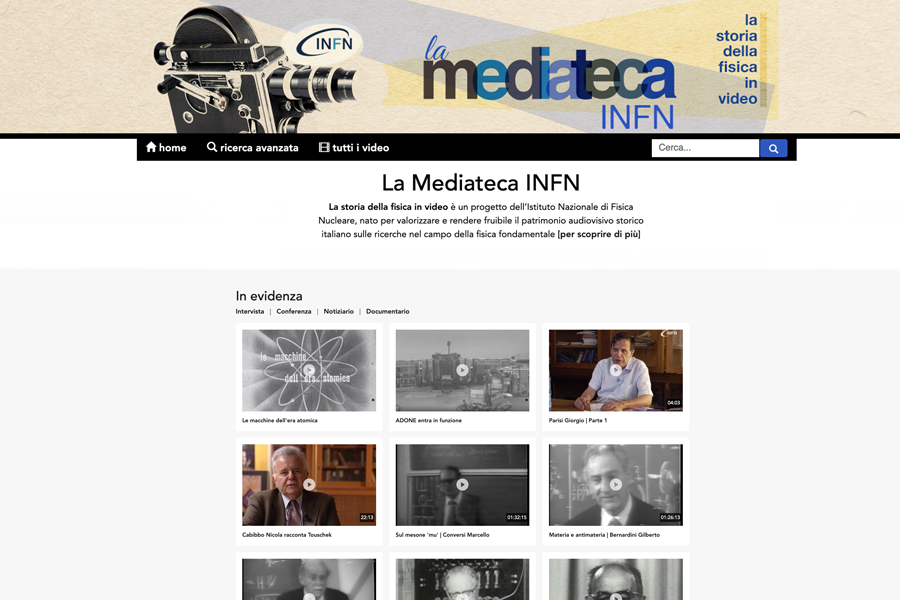 MEDIATECA INFN: THE HISTORY OF PHYSICS THROUGH VIDEOS
MEDIATECA INFN: THE HISTORY OF PHYSICS THROUGH VIDEOS
Valuing and sharing the audio-visual heritage of the history of Italian physics: these are the two main goals of the Mediateca INFN: the history of physics through videos, the new cultural project of INFN, dedicated to the general public, but in particular aimed at students of Italian schools and university researchers. It is, in fact, a digital archive open to everyone and easy to consult, to do research, gather information, explore, and re-trace the history, events, and anecdotes of physics through the story of its protagonists. Today, it includes almost 200 films totalling more than 70 hours of interviews, documentaries, ...
TAKE PART IN
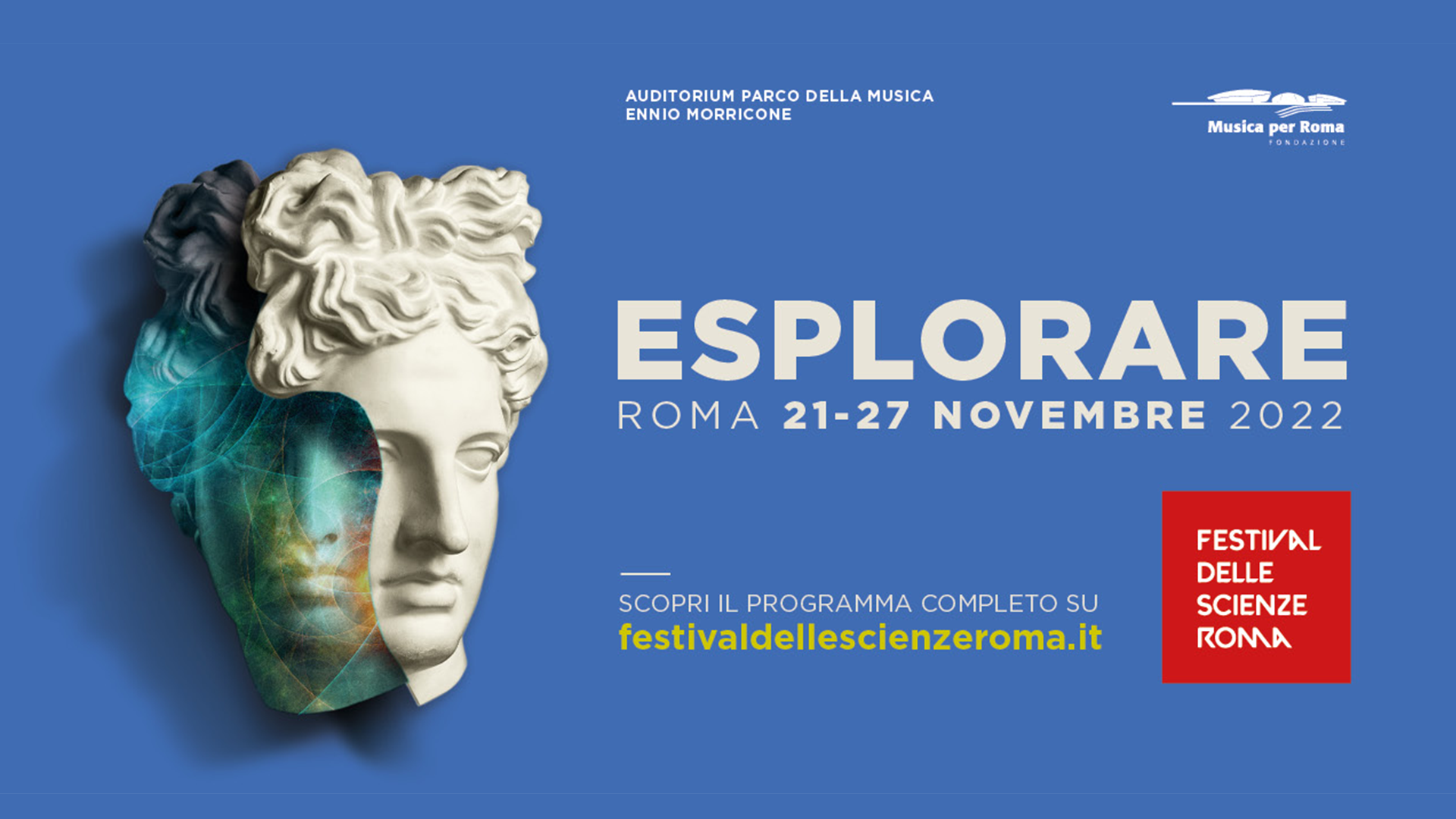 EXPLORATIONS AT ROME SCIENCE FESTIVAL
EXPLORATIONS AT ROME SCIENCE FESTIVAL
With the theme “Exploring”, the 2022 edition of Rome Science Festival offers a wide programme of lectures, exhibitions, shows, and laboratories for schools. INFN, project partner together with ASI, contributes to the programme with two show-lectures, centred, respectively, on the world of quanta and the discovery of the Higgs boson, which celebrates ten years this year. There will be several round tables that will deal with the issue of exploration from different points of view, weaving research in particle physics with other spheres of knowledge. ...
INFORMATION AND CONTACT
Images cover
Cover image: Mediateca INFN
INFN - COMMUNICATIONS OFFICE
comunicazione@presid.infn.it
+39 06 6868162
EDITORIAL BOARD
Coordination:
Antonella Varaschin
Project and contents:
Cecilia Collà Ruvolo, Eleonora Cossi, Matteo Massicci, Anna Greco, Francesca Mazzotta, Francesca Scianitti, Antonella Varaschin
Design and Mailing Coordinator:
Francesca Cuicchio
Gaia Stirpe
Translation
ALLtrad
ICT service:
Servizio Infrastrutture e Servizi Informatici Nazionali INFN
